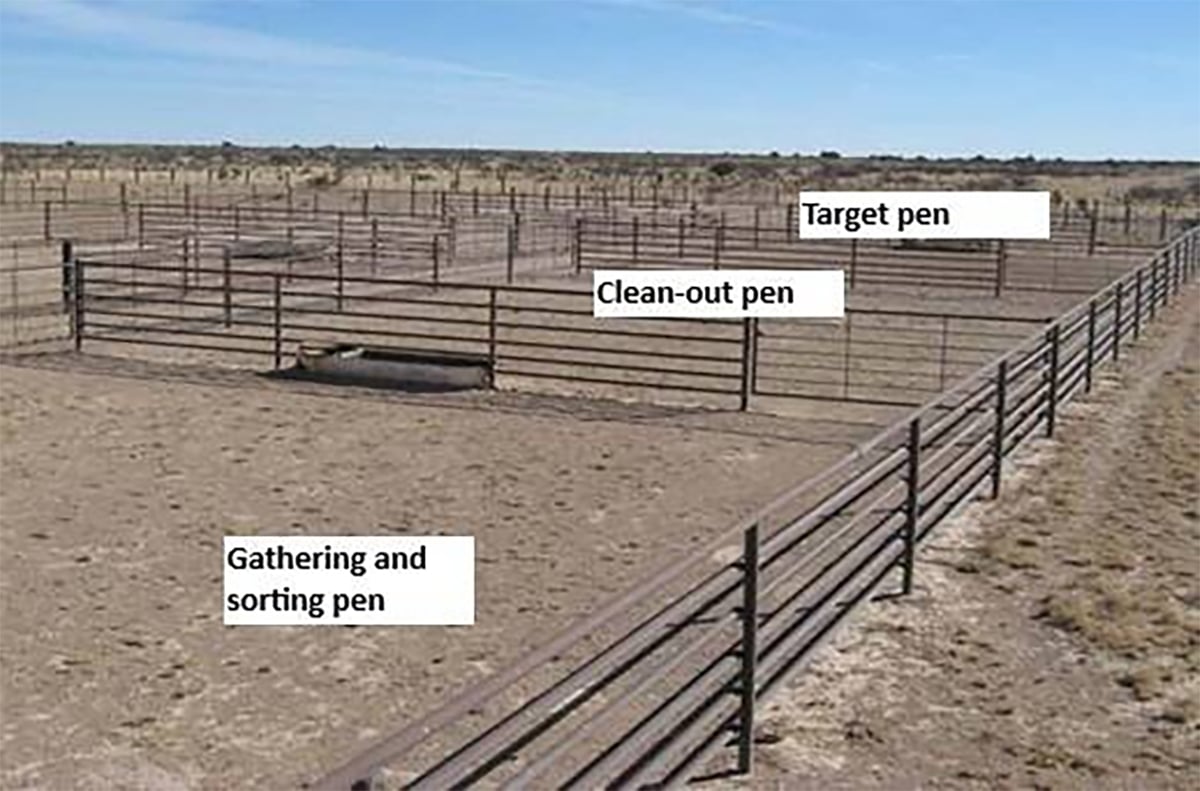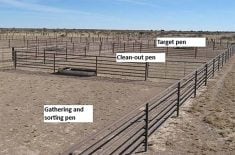When it comes to showing cattle, learning from mistakes is as important as knowing strengths, said Wyatt Millar of Asquith, Sask., during the Saskatchewan Beef Expo in Saskatoon April 1-3.
“I talked a lot more about what I did wrong in the ring than what I did right,” said Millar.
“That’s important to figure out and accept the things that you did wrong and not to get too worried about it.”
This year’s Beef Expo resumed after a two-year hiatus. It featured a heifer and steer show, showmanship and team grooming competitions as well as educational seminars from 4-H Saskatchewan and Flat-Top Cattle Co.
Read Also

Teamwork and well-designed handling systems part of safely working cattle
When moving cattle, the safety of handlers, their team and their animals all boils down to three things: the cattle, the handling system and the behaviour of the team.
Millar gave a talk and demonstration about cattle presentation and showmanship.
From ages six to 21, Millar was involved in the Catherwood 4-H Beef and Sheep Club before ageing out. During that time, he held several executive positions in 4-H, including past-president of the National Young Canadian Simmental Association.
Millar emphasized that preparation prior to showing cattle is key to a successful experience in the ring.
“Do the work at home and make sure your animal is prepared to come to the show. Don’t show up late to your class or don’t show up with an animal that’s not halter broke,” he said.
“I had my share of showing up at summer shows with calves that were not broken. You want to say that you don’t do it too often, but we continually do it every year.”
Maintaining composure in the ring is also vital.
“The most important thing is to be cool, calm and collected in the ring. You don’t want to look tense.
“If you’re calm there’s a better chance that your animal’s calm and that’s what’s important,” he said.
“At the end of the day, if it’s a 1,300-pound animal, if it wants to do something, it’s going to. Being calm and collected is going to mitigate that quite a bit.”
Judges watch to see how people perform in that situation.
“Don’t get angry, don’t get emotional. Many times, going into the showmanship ring, it almost looked like I was going to fall asleep just because I felt so comfortable,” said Millar.
Proper use of the show cane is also necessary.
“Make sure you’re not sawing the animal in half. Just calm scratching movements,” he said.
Hand placement on the cane can also make a difference.
“Make sure your hand is somewhere near the middle, where it’s easier to manoeuvre. It’s a balancing act so if you move your show cane and your hands at the top, it will take more effort to twist it.”
Those at halter must calmly move animals inside the ring, particularly when a judge is sorting placements.
“Quite often in showmanship it will happen. Maybe your first-place animal gets moved or bumped down to a lower placing, or a lower place animal gets bumped up. Make sure that you’re always turning right and that it looks professional.”
Cellphones do not impress judges, so leave them in the tack box.
“Don’t even take it in the ring. At the very least make sure it’s in your pocket and the ringer’s off,” he said.
Keep the head up and an eye on the judge to project control and confidence. But don’t stare.
“You want to make sure that you’re being mindful that they’re there, but also making sure that you keep an eye on your animal and know where you’re going.”
As a young 4-H member, Millar recalls not paying attention to the judge and then not responding when asked to do something.
“That was a reason I didn’t get pulled in for a placing. So, there’s many experiences and you’ve just got to roll with the punches.”
Good manners impress judges and fellow presenters.
“It’s a showmanship class. It doesn’t mean that only you matter in the ring. Be courteous to your other show people and don’t back them into a corner or anything like that. Be mindful of what you’re doing to the other people in the ring but making sure that you’re still front and centre in a way.”
















